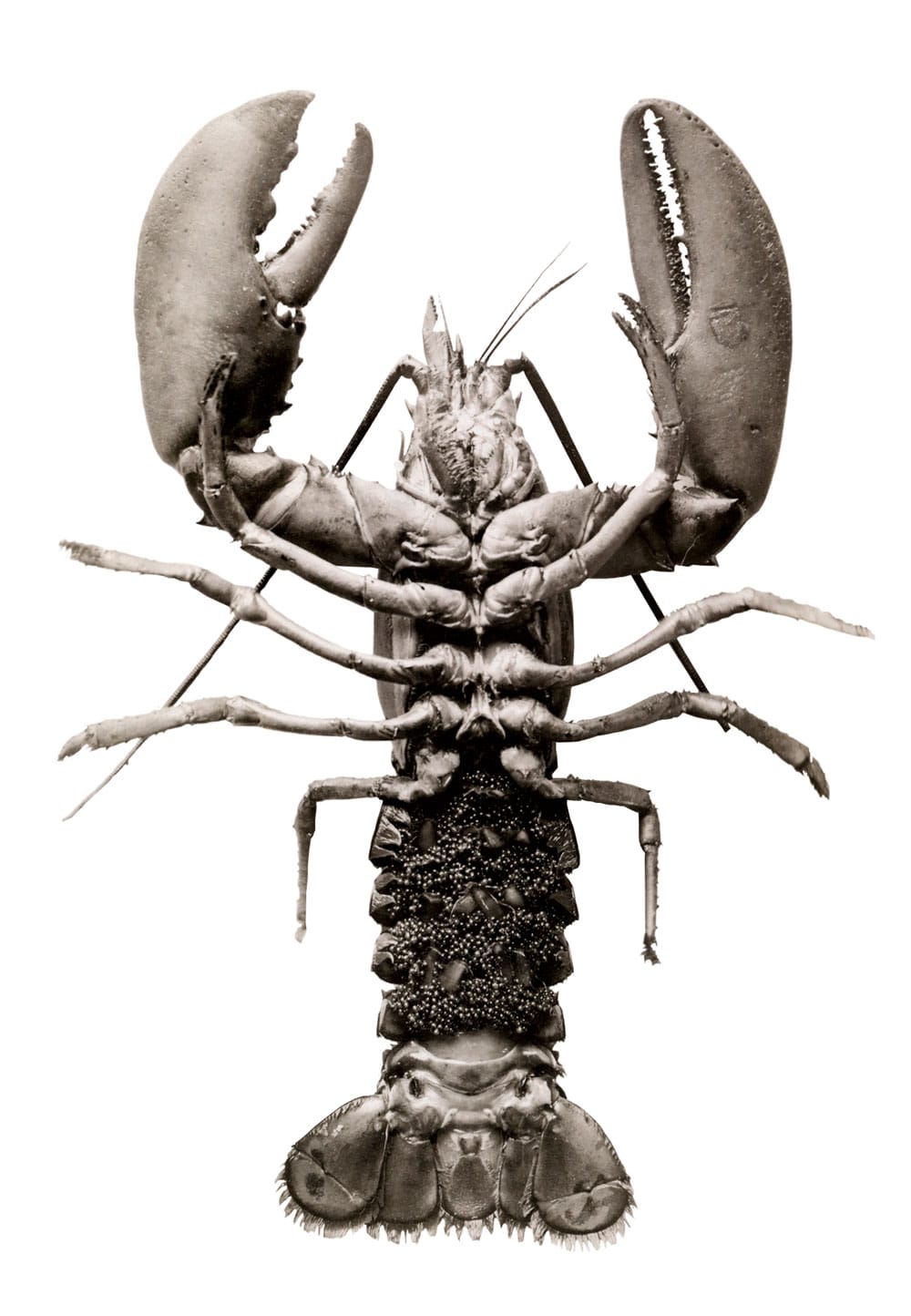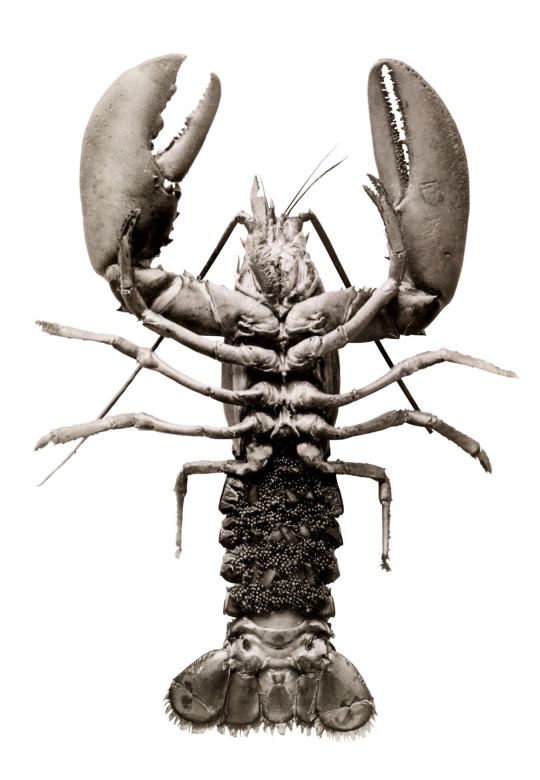Lobster 411
Why are lobsters called “bugs”? They look like them, for one, but they also have a number of creepy-crawly close relatives: Lobsters belong to the phylum Arthropoda, which includes insects, spiders, scorpions, and centipedes. How many kinds of lobsters are there? Though a number of crustaceans have “lobster” in their name, the term usually refers to […]

Coffee By Design | Portland, Maine
Photo Credit : Katherine KeenanWhy are lobsters called “bugs”? They look like them, for one, but they also have a number of creepy-crawly close relatives: Lobsters belong to the phylum Arthropoda, which includes insects, spiders, scorpions, and centipedes.
How many kinds of lobsters are there? Though a number of crustaceans have “lobster” in their name, the term usually refers to the two types of clawed lobsters: Europe’s Homarus gammarus and North America’s Homarus americanus (aka American lobster, Maine lobster, Canadian lobster, northern lobster, true lobster).
Why do cooked lobsters turn red? That’s due to the pigment astaxanthin, the same thing that makes flamingo feathers pink and salmon flesh rosy. Lobsters ingest astaxanthin while munching on things like algae, seaweed, and shrimp, but because it binds to a protein in their shells called crustacyanin, they end up looking muddy brown or blue-black instead of red. When heated during the cooking process, though, the protein breaks down and the astaxanthin shows through.
How do you tell a male lobster from a female lobster? Females tend to have wider tails (the better for carrying all those eggs), while males tend to have larger claws. Another clue: the feathery appendages under the tail, called swimmerets. On a female, the first pair of swimmerets are small and soft; on a male, hard and bony.

Photo Credit : Geographic Stock: Vintage Coll./ Granger, NYC, New York
Why is one claw bigger than the other? The lobster has not just two sizes of claws but also two kinds. The smaller, “fast” claw is designed to quickly seize and/or rip into something, thanks to incisor-like spikes on the claw’s inside edges combined with fast-twitch muscle tissue. The larger, “crusher” claw has molar-like bumps that help it grip, and slow-twitch muscle tissue that helps it crush anything hard (clams, mussels, another lobster’s claws).
Can lobsters feel pain? While no one knows exactly how lobsters process sensory information like temperature and touch, most scientists say the lack of a central nervous system means they probably don’t feel pain. And they certainly don’t “scream” when boiled (that’s just the sound of steam escaping from the shell).







